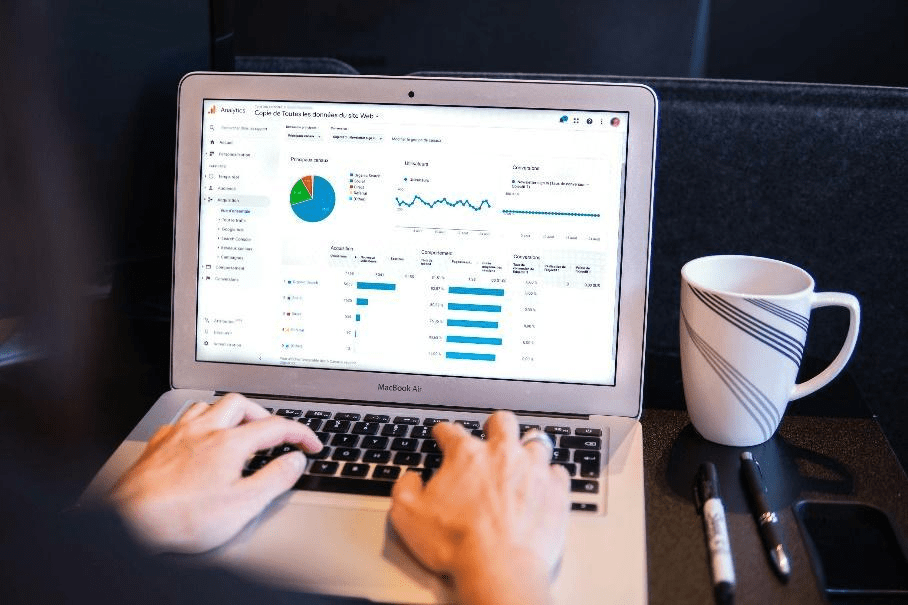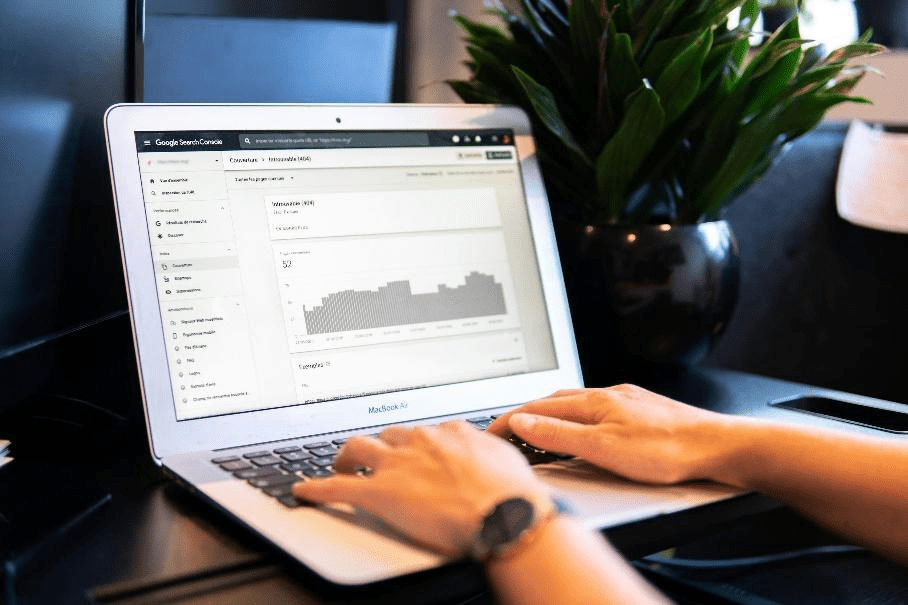Google June 2025 Core Update: What Marketers Should Know

Imagine logging into Google Search Console and seeing your rankings wobble like a rollercoaster. That’s exactly what happened after Google’s June 2025 Core Update. Don’t panic, it’s not a penalty. Think of it more like Google fine-tuning its results to favor content that’s trustworthy, user-friendly, and genuinely helpful.
If you’ve noticed some shake-ups in your website rankings lately, you’re not alone. SEMrush reports that 68% of websites experienced ranking changes in the first week. So, what’s really happening, and what should marketers do? Let’s break it down and you might want to grab a notepad and check your site as we go.
What Changed in the June 2025 Update?
1. E-E-A-T Matters More
| Tip: Check your author bios—are they complete, credible, and linked to verifiable credentials? |
2. Content Quality & Originality
| Action: Identify low-performing pages and rewrite them with fresh insights, research, and unique value. |
3. User Experience (UX)
| Pro Tip: Test your top pages for speed, usability, and mobile responsiveness, it could boost rankings instantly. |
Winners & Losers: Google June 2025 Core Update Explained

Who’s Winning After the June 2025 Update
1. Sites with Strong E-E-A-T Signals
Websites that demonstrate Expertise, Experience, Authoritativeness, and Trustworthiness (E-E-A-T) are gaining higher visibility. Google now prioritizes sites where content is backed by credible sources and real-world expertise.
Key traits
- Authors with verifiable credentials (e.g., medical degrees, financial certifications)
- Content featuring case studies, statistics, or research-backed data
- Transparent sourcing with links to reputable references
Examples:
- Health websites publishing articles reviewed by licensed doctors
- Finance blogs offering investment insights from certified professionals
- Tech platforms providing in-depth, hands-on reviews of gadgets and software
Actionable Tip: Add author bios, include references, and showcase industry recognition to boost E-E-A-T.
2. Platforms Optimized for Speed, Mobile, and UX
User experience has become a major ranking factor. Sites that load quickly, are mobile-friendly, and offer intuitive navigation outperform others. Google wants users to interact with content seamlessly, so technical optimization is critical.
Features that help sites rank:
- Fast page load times (aim for <3 seconds)
- Mobile-responsive design for smartphones and tablets
- Clear navigation with logical menus and internal linking-
- Readable formatting, including headings, bullet points, and visuals
Example: E-commerce platforms that allow users to browse products, filter search results, and check out quickly tend to rank higher post-update.
Actionable Tip: Use tools like Google Page Speed Insights or Lighthouse to optimize site speed and user experience.
3. Brands Publishing Original Case Studies or Detailed Product Reviews
Sites offering unique, first-hand insights are prioritized. Google favors content that goes beyond generic information, giving users real value and helping them make informed decisions.
What works best:
- Original research or data analysis
- Hands-on product reviews and comparisons
- Step-by-step tutorials, guides, or actionable tips
Example: A tech website that tests multiple laptops and provides detailed benchmarks, pros and cons, and performance insights will outperform a site that simply copies manufacturer specs.
Actionable Tip: Focus on producing original insights that are not easily found elsewhere. Incorporate images, charts, and videos to enhance depth.
Who’s Losing After the June 2025 Update
1. AI-Generated or Copied Content
Google is cracking down on low-value AI-generated text and plagiarized content. Sites relying on mass-produced, generic content are being pushed down in rankings.
Warning signs:
- Duplicate or near-duplicate content across multiple pages
- AI-written text that lacks personal experience, depth, or context
- Minimal value for readers beyond basic information
Actionable Tip: Ensure all content is human-reviewed, original, and adds unique insights or examples.
2. Pages with Low Engagement or High Bounce Rates
Pages where users quickly leave or don’t interact signal poor content quality. Google interprets this as a lack of user satisfaction, which can hurt rankings.
Indicators of low engagement:
- High bounce rates
- Short average session duration
- Minimal clicks to other pages or internal links
Actionable Tip: Improve engagement by adding interactive elements, internal links, multimedia, and compelling calls-to-action.
3. Sites That Hide Who’s Behind the Content
Transparency is key. Sites that obscure authorship or provide vague sources lose credibility with both users and Google.
Best practices for transparency:
- Add author bios with credentials
- Display contact information or About Us pages
- Reference reliable sources and external links
Example: News or health sites that clearly identify their journalists or medical reviewers tend to outperform anonymous blogs.
Actionable Tip: Build trust by making authorship and sourcing explicit and easy to verify.
Bonus Tip: Future-Proofing Your Site
To thrive post-update, focus on:
- Producing high-quality, original content
- Enhancing user experience and technical SEO
- Showcasing credibility and transparency
- Tracking metrics like engagement, dwell time, and bounce rate
By aligning with Google’s emphasis on trust, experience, and user satisfaction, websites can not only recover from ranking dips but also achieve long-term SEO success.

Actionable Steps You Can Take
Don’t worry, there’s plenty you can do to ride this update instead of getting hit by it:
- Audit Your Content:Review low-performing pages. Can you make them deeper, more accurate, or more engaging? Tip: Start with your top 10 landing pages.
- Boost Author Credibility:Include author bios, credentials, or portfolio links. Show Google and users who’s behind your content. Pro tip: Add links to relevant social profiles or publications.
- Improve UX & Performance:Compress images, optimize for mobile, and make navigation seamless. Small tweaks go a long way. Action: Run a speed test and fix the slowest pages first.
- Diversify Your Content:Add videos, infographics, interactive tools, and case studies. Tip: Pick one blog post this week and turn it into a video or infographic—it’s easier than you think.

Tools to Keep an Eye on Performance
- Google Search Console: Monitor clicks, impressions, and ranking shifts.
Tip: Set up alerts for sudden drops in traffic. - SEMrush / Ahrefs: Track SERP volatility and keyword positions.
Pro tip: Identify which keywords need extra attention this week. - Screaming Frog / Sitebulb: Conduct technical audits for errors, broken links, and crawl issues.
Action: Fix the most critical issues first to help Google crawl efficiently.
Final Takeaways
Think of this update not as a penalty, but as a recalibration. Google is rewarding websites that focus on authentic, user-first content, strong E-E-A-T, and smooth user experiences.
Take a deep breath, review your content, and make improvements where needed.
Pro tip: Start small one page or one UX tweak at a time. Keep your audience front and center, and the sites that put users first will come out ahead in this new SEO landscape.
Next step: Open your Google Analytics or Search Console right now and see which pages need attention you might be one tweak away from a rankings boost!
